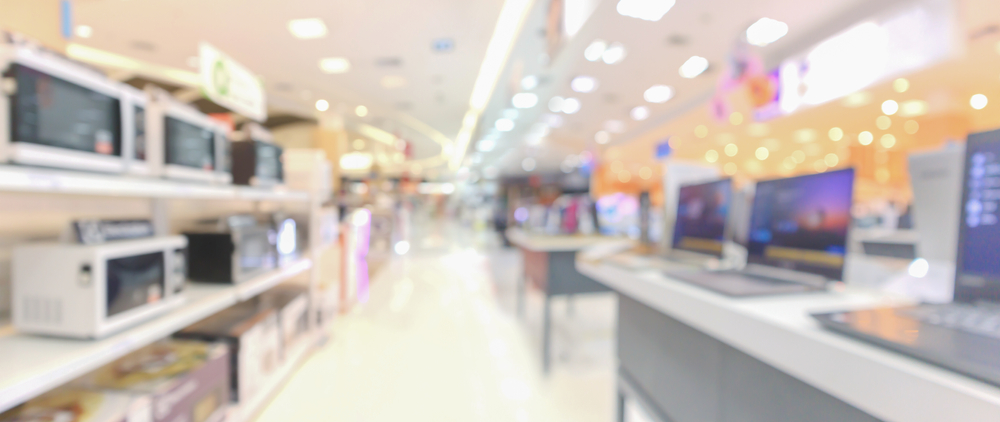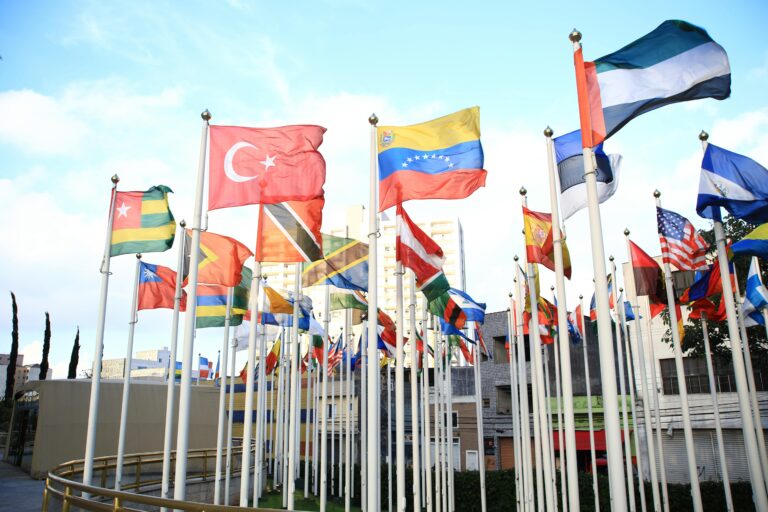Consumer electronics have always had global appeal. As the world becomes more connected, consumers worldwide are in search of what’s now and what’s next. From wearable tech to gadgets for the home office and home entertainment, demand continues to grow, creating massive international expansion opportunities.
But in the face of geopolitical turmoil, energy crises, recessionary conditions, and ongoing supply chain issues, consumer electronics brands looking to expand must be strategic and make the right investments to achieve speed-to-market and, therefore, speed-to-revenue.
Successful global expansion is much more complex than translating an ecommerce site into another language. Consumer electronics brands must localise the entire ecommerce experience if they hope to effectively establish a brand presence in an international market.
But localising ecommerce channels is complex and, if not done correctly, leads to costly stumbles that can all but erase any revenue gains and cause lasting damage to the brand. Here are key challenges that consumer electronics brands will need to navigate.
Regulatory compliance
Each country has its own set of regulations and standards that consumer electronics brands must comply with in order to sell their products in that area. This can include everything from product safety standards to labeling requirements to import and export regulations. Navigating these regulations can be complex and time-consuming, and failure to comply with them can lead to costly fines or even a ban on selling products in that market.
Intellectual property protection

Photo by Louis Reed on Unsplash
Protecting intellectual property is crucial for consumer electronics brands, as it can be easy for competitors or governments to copy or knock off popular products. Brands must consider the legal protections available in each market and take steps to protect their intellectual property. Consumer electronics brands must also make sure they have obtained the proper trademarks and patents in each new territory.
Payment and currency localisation
Different countries have different payment systems and currency exchange rates, which can create complications for consumer electronics brands. For example, some countries have a large unbanked population. These shoppers rely on cash-and-collect systems rather than credit card payments.
In other areas, customers prefer alternative payment methods like digital wallets and Google or Apple Pay, as well as buy-now-pay-later options. Since consumer electronics can vary in price range, it is even more crucial that brands give new customers in new markets as many local and preferred options as possible.
Distribution, logistics and reverse logistics
Knowing where to warehouse and from where to ship products can be a challenge. Finding and vetting warehouse and last-mile delivery vendors takes time and there is no room for error. Given the high price point for many consumer electronics, new customers simply will not abide damaged goods or shipments that go missing.
In addition to vetting local vendors and third-party logistics providers, brands must ensure that import costs, shipping charges, taxes and duties are all accounted for and properly displayed to the customer.
Brands must also plan for product returns including storage, refurbishment, destruction, etc. Disposal fees may be charged depending on product components.
Language and translation
A major piece of the international expansion puzzle is communication. Consumer electronics brands must communicate in the local language and embrace local language nuances and figures of speech. Although many countries speak or have multiple official languages – including English – shoppers report feeling more comfortable shopping a site in their own language.
In addition to ecommerce site language, consumer electronics brands will need to localise marketing and advertising language. More than just performing word and sentence structure translation, brands must make sure they are accurately capturing and translating language nuances and idioms. It’s too easy to alienate a new customer base with a bad translation that appears correct in English but is offensive in the local language.
Product modification
In order to effectively sell their products in different countries, consumer electronics brands must often tailor and adapt the products themselves to meet the specific needs and preferences of local customers. This can involve adapting products to work with different electrical systems, modifying marketing messages to appeal to local audiences, and more.
While modifying products is time-consuming and costly, the benefits of offering the right product to the right market far outweighs the cost.
Consumer preferences
Consumer preferences and cultural norms can vary significantly from one country to another. For example, certain electronic products may be popular in one country but not in another. Brands must carefully consider the cultural differences of their target markets and adjust their marketing and product offerings accordingly before diving into international expansion.
The Takeaway
While international expansion grows the customer base and revenue, creating a customer-centric, local-equivalent experience can take in-house teams years to execute. As global uncertainty persists, consumer electronics brands looking to break into new markets utilising their current resources could find themselves frustrated by the process of breaking into just one new country or territory, let alone multiple.
Consumer electronics brands with ecommerce channels need speed-to-market in order to achieve revenue quickly. Enlisting a merchant of record shifts many of the burdens off a brand and onto a partner who has the experience to navigate new markets. With the right vendors, brands can focus resources on growing the business and shoring up the balance sheet.
ESW helps the world’s best-loved brands open new markets and grow revenue. Contact us today to learn how we can launch your consumer electronics brand world wide.





